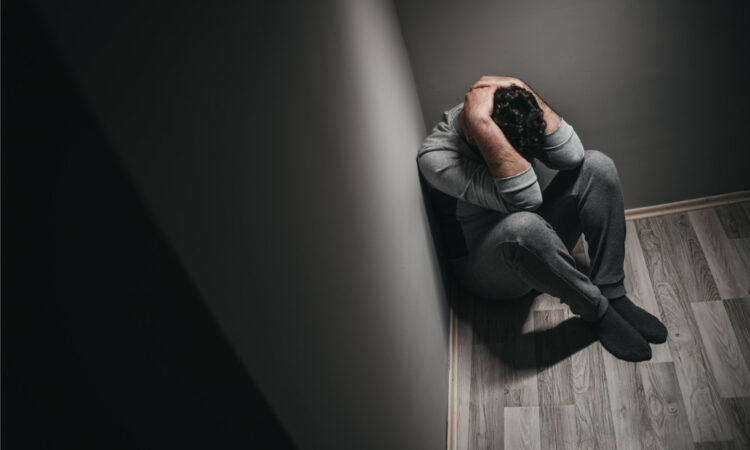
Do you find yourself feeling anxious more often than not? You’re not alone. According to the National Institute of Mental Health, anxiety disorders are the most common mental illness in the United States, affecting 40 million adults aged 18 and older.
Anxiety can manifest itself in a variety of ways, including (but not limited to) feeling restless or on edge, having difficulty concentrating, feeling irritable, having muscle tension, and experiencing sleep problems. If you’re struggling to cope with anxiety on your own, it may be time to seek professional help.
In this blog post, we’ll explore some of the techniques that clinical psychologists use to help patients manage their anxiety, having learned them in clinical psychology training. By understanding these techniques and how they work, you’ll be better equipped to manage your anxiety in a more effective way.
Cognitive Behavioural Therapy (CBT)
Cognitive behavioural therapy is a type of therapy that focuses on helping patients identify and change negative thinking patterns and behaviours. CBT has been shown to be an effective treatment for anxiety disorders, as it helps patients learn how to better cope with their anxiety triggers.
One of the most common techniques used in CBT is exposure therapy. This involves gradually exposing oneself to the things that trigger their anxiety in a safe and controlled environment. This could involve anything from imagination exercises (picturing the trigger in your mind) to real-life exposure (actually confronting the trigger). By repeatedly exposing yourself to your triggers, you can learn that your anxiety is manageable and that the trigger is not as dangerous as you may think.
Systematic Desensitisation
Systematic desensitisation is another common technique used in clinical psychology to help patients manage their anxiety. This technique is similar to exposure therapy in that it also involves gradually exposing oneself to their anxiety triggers – however, systematic desensitisation takes a more gradual approach.
With systematic desensitisation, patients begin by imagining themselves in a situation where they feel calm and relaxed. They then progress to imagining themselves in increasingly anxious situations until they are finally able to confront their trigger in real life. By starting with less anxious situations and working their way up, patients can better prepare themselves for exposure therapy and learn how to control their anxiety response.
Medication Management
In some cases, medication may be necessary to help manage a patient’s anxiety disorder. There are a variety of different types of medications that can be used to treat anxiety disorders, including but not limited to: selective serotonin reuptake inhibitors (SSRIs), tricyclic antidepressants (TCAs), and benzodiazepines.
SSRIs are the most commonly prescribed type of medication for anxiety disorders; however, they can take several weeks or even months before they become effective. TCAs are typically reserved for patients who do not respond well to SSRIs; however, they come with a greater risk of side effects than SSRIs. Benzodiazepines are typically only used on a short-term basis due to the risk of dependence and addiction; however, they work much faster than SSRIs or TCAs and can be very effective in treating acute episodes of anxiety.
It’s important to note that medication should always be used in conjunction with other forms of treatment, such as cognitive behavioural therapy or exposure therapy. Medication should never be used as a sole form of treatment for an anxiety disorder.
Relaxation Techniques
In addition to the methodologies listed above, there are a number of relaxation techniques that clinical psychologists often recommend for patients suffering from anxiety disorders. These techniques can help patients learn how to control their body’s stress response and make it easier for them to cope with their anxiety triggers. Some common relaxation techniques include:
- Diaphragmatic breathing exercises (involves focusing on taking deep breaths from your diaphragm rather than shallow breaths from your chest – this helps slow down your heart rate and relax your muscles)
- Progressive muscle relaxation exercises (involves tensing each muscle group in your body for 10 seconds before relaxing it, which helps you become more aware of when your muscles are tense so that you can relax them more easily)
- Guided imagery exercises (i.e. picturing yourself in a peaceful place where you feel calm and relaxed, such as an old beach vacation spot or your childhood home)
- Yoga/tai chi/qigong exercises (gentle movements that help relax your muscles while also promoting peace of mind)
If you’re struggling with anxiety on your own, it may be time seek professional help
In this blog post, we explored some of the techniques that clinical psychologists use to help patients manage their anxiety. By understanding these techniques and how they work, you’ll be better equipped manage your anxiety more effectively. However, if you are still experiencing severe anxiety, it’s best to seek professional help as soon as possible.

